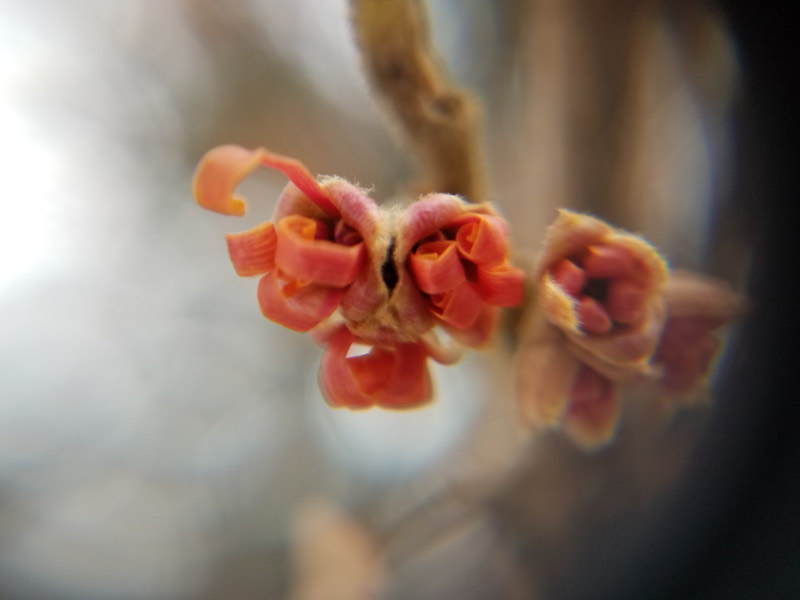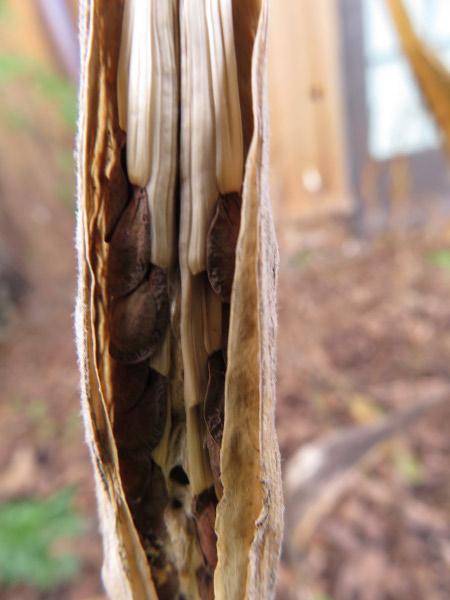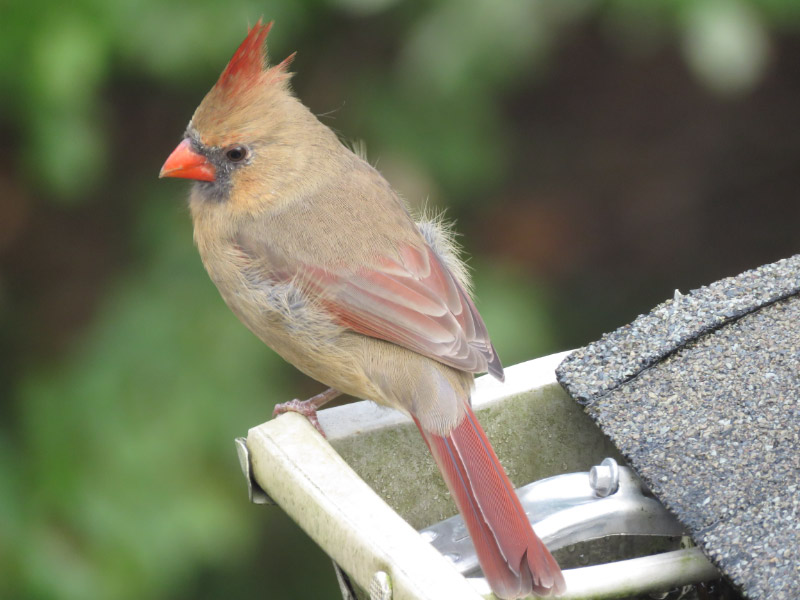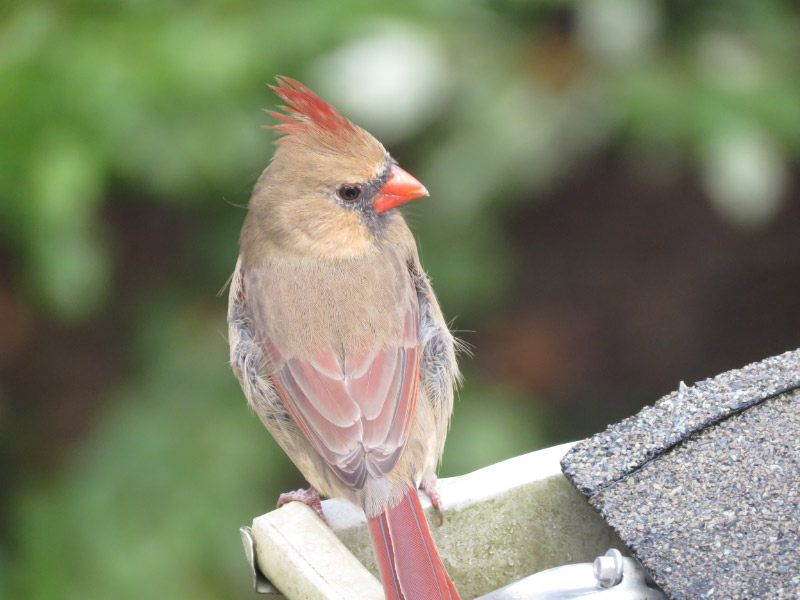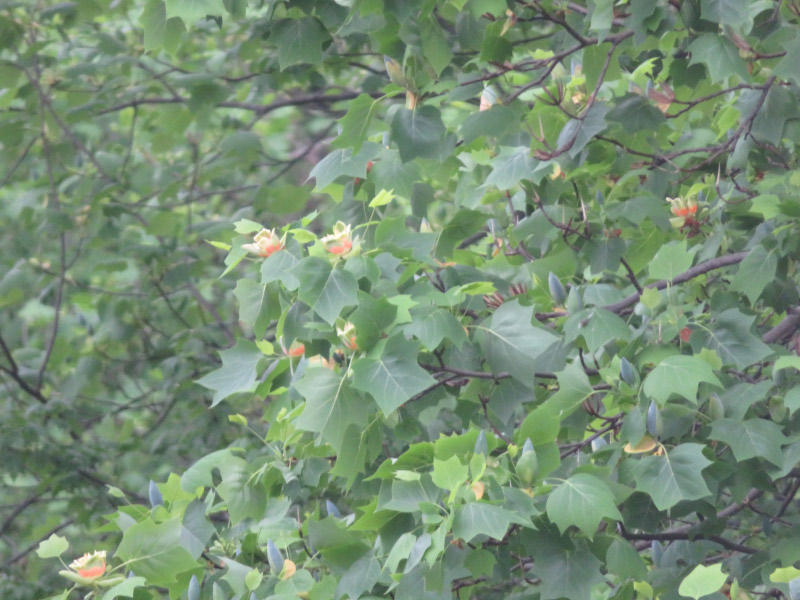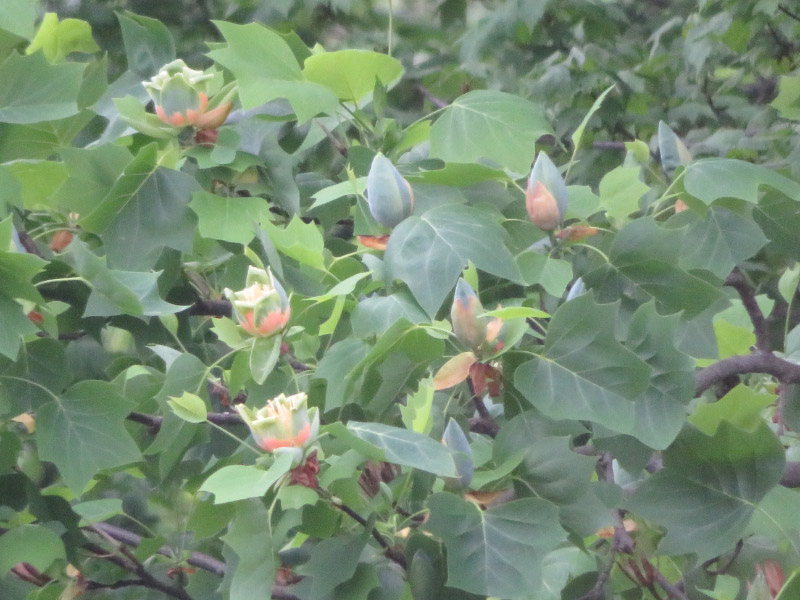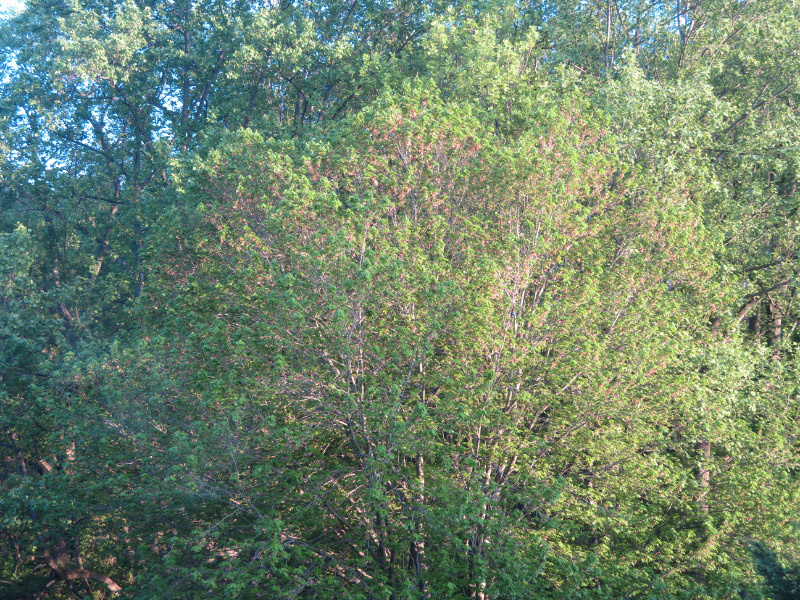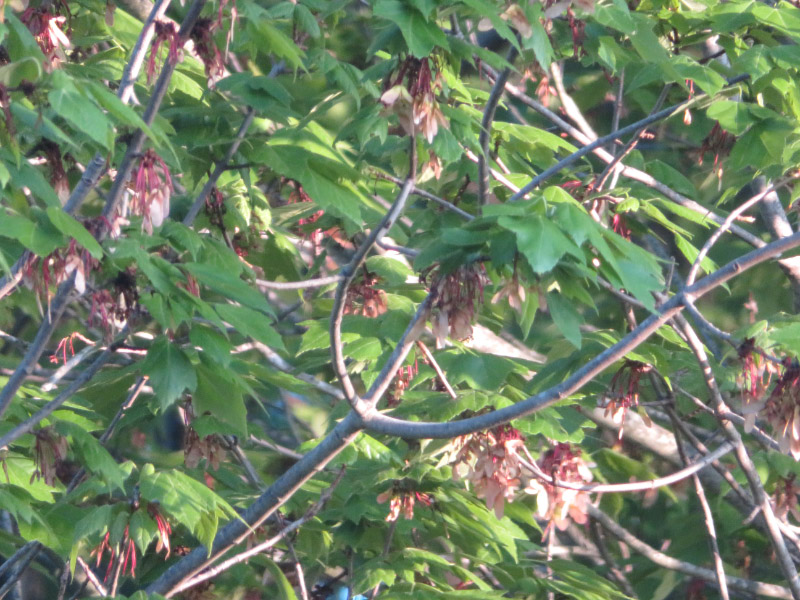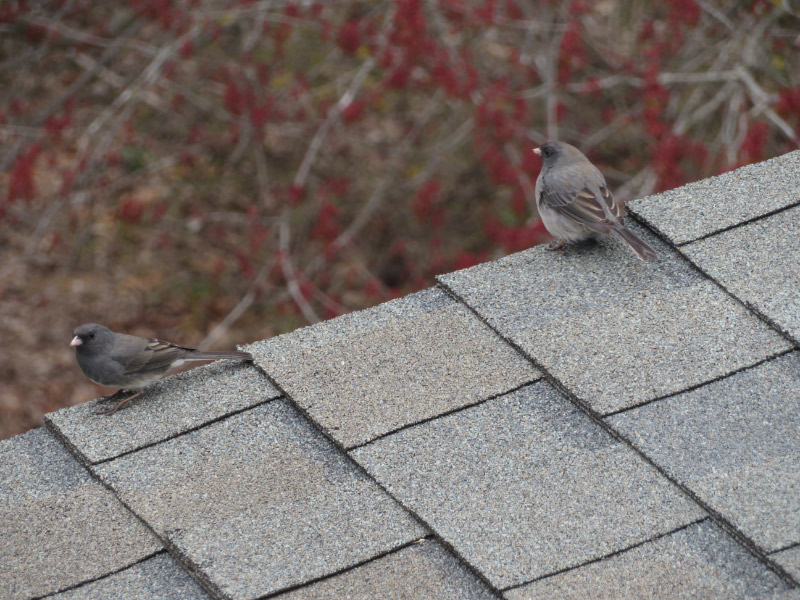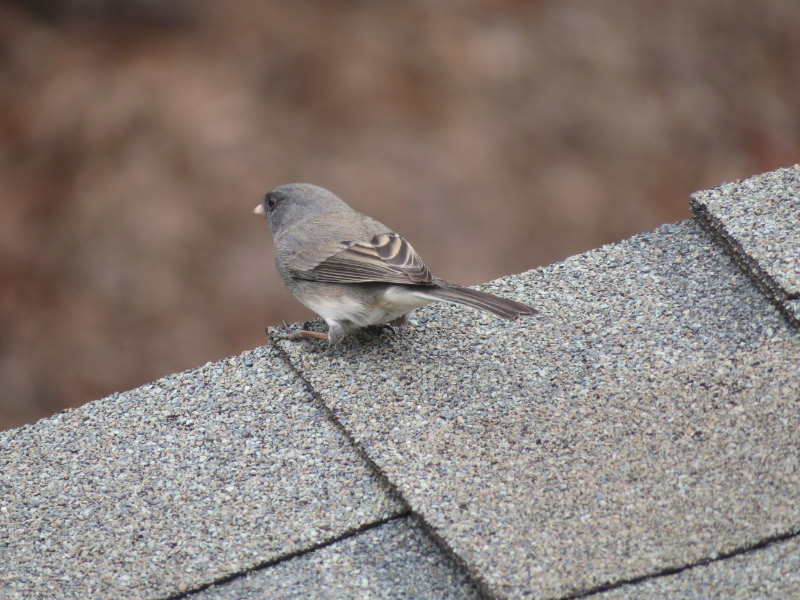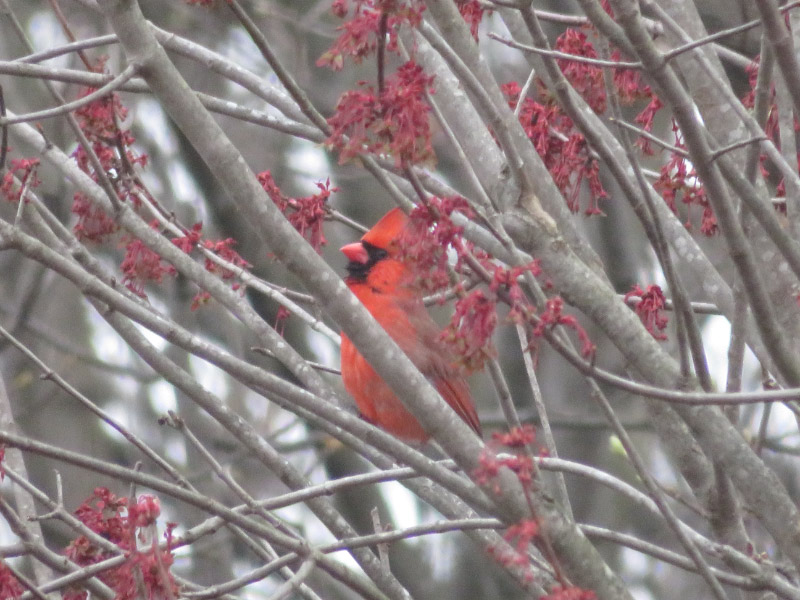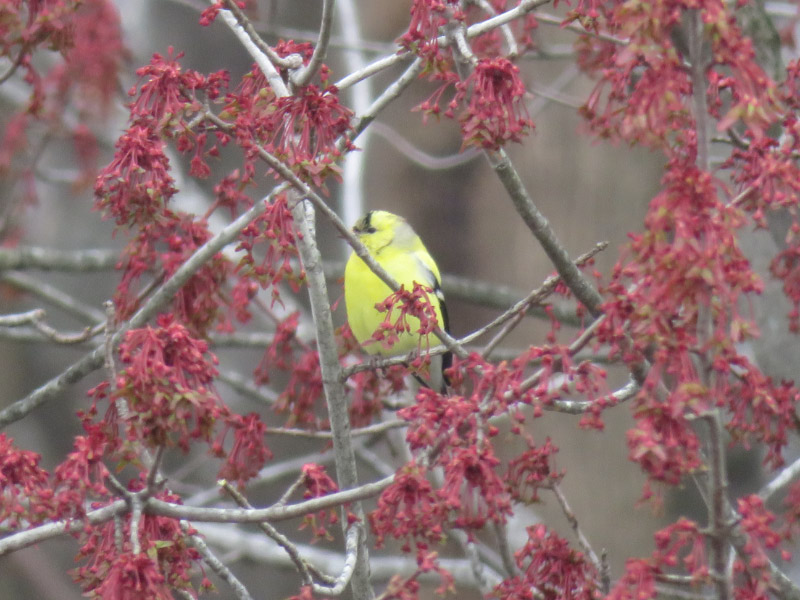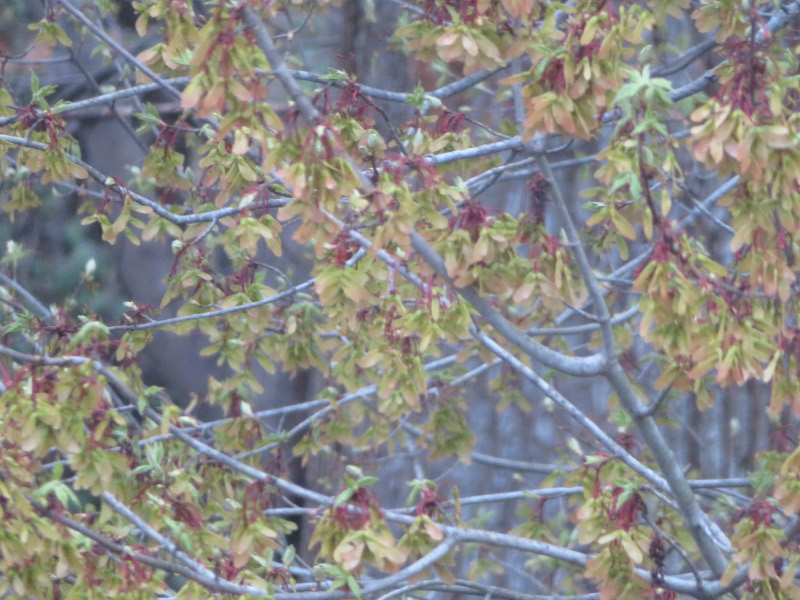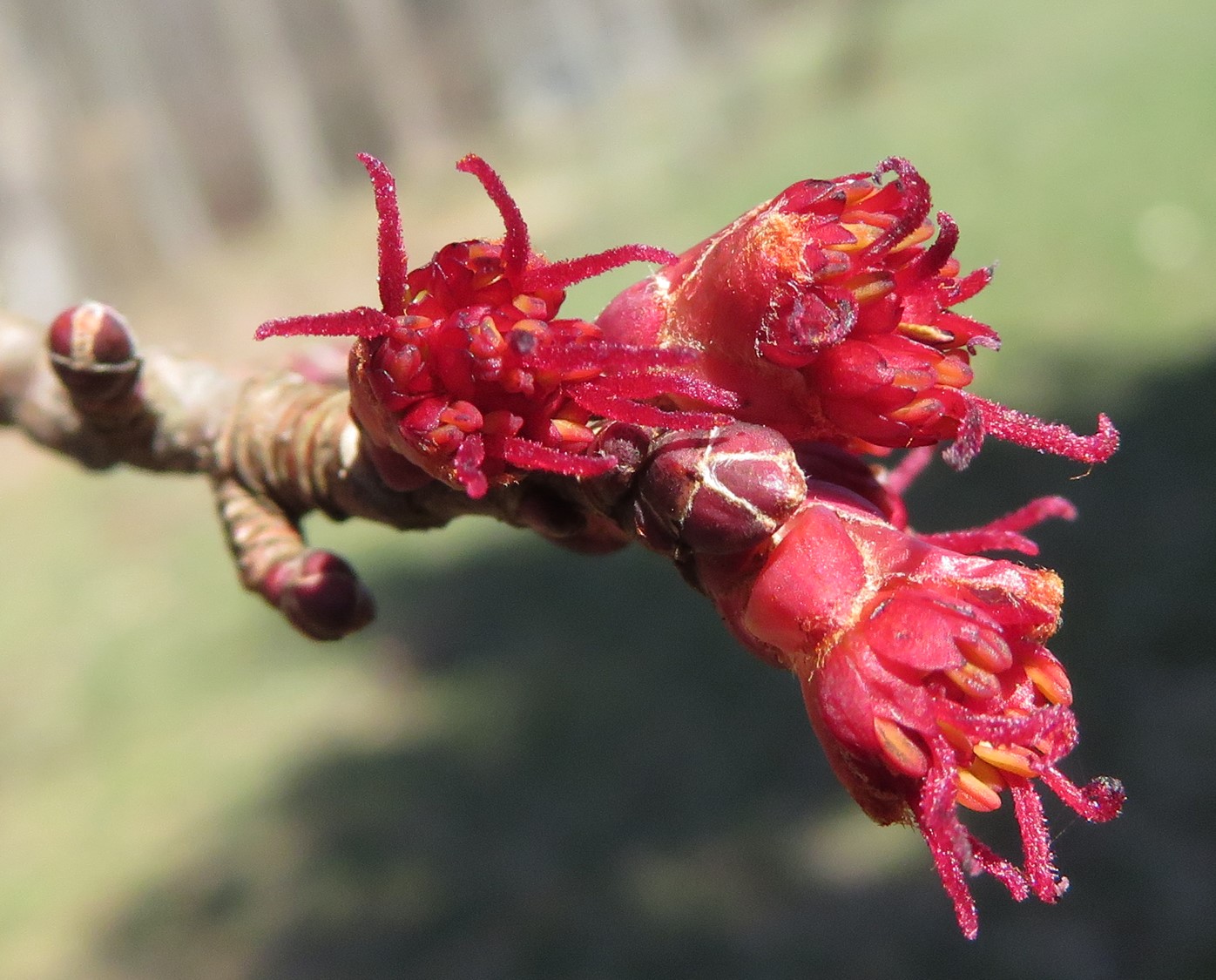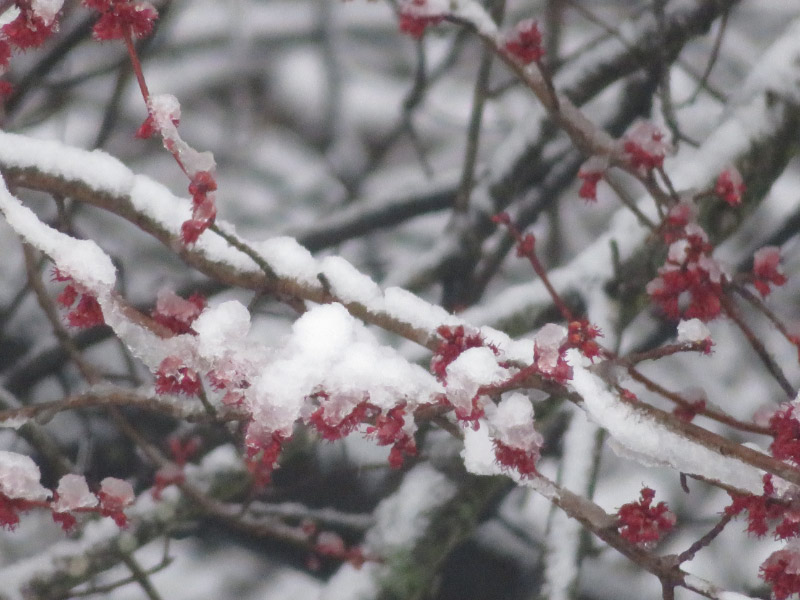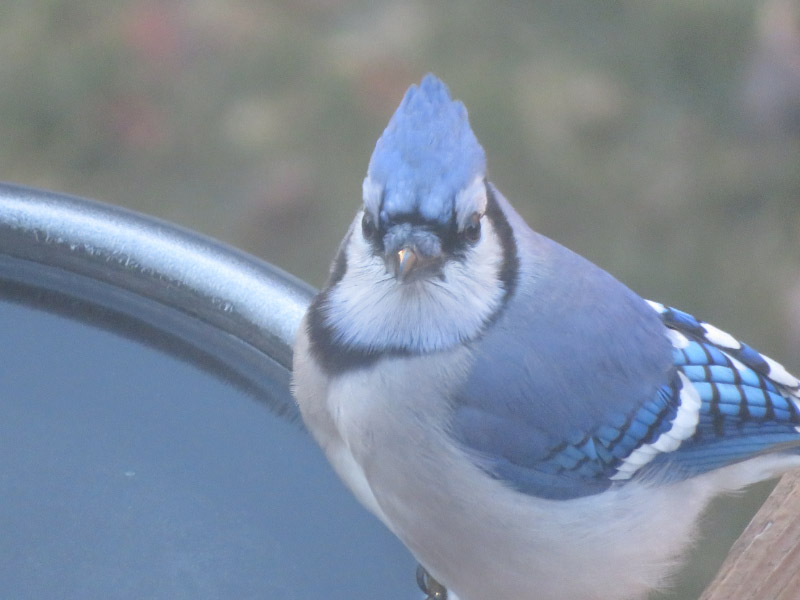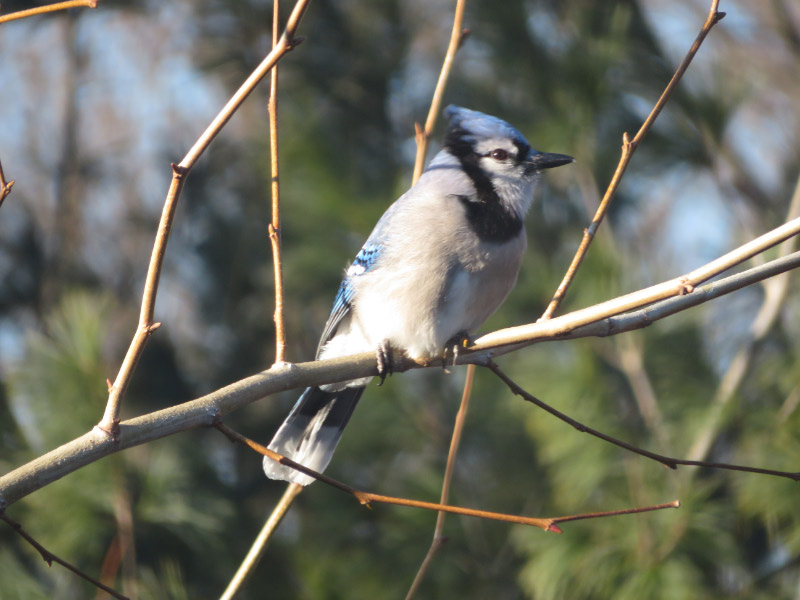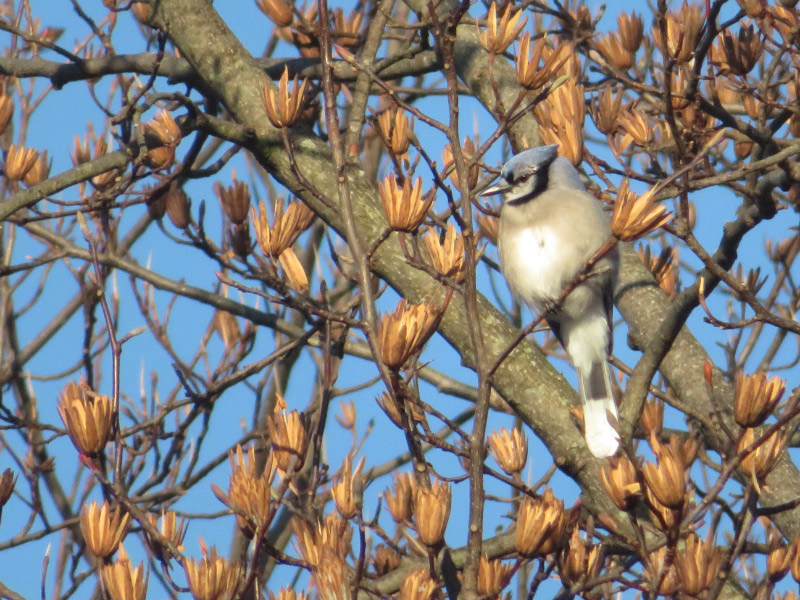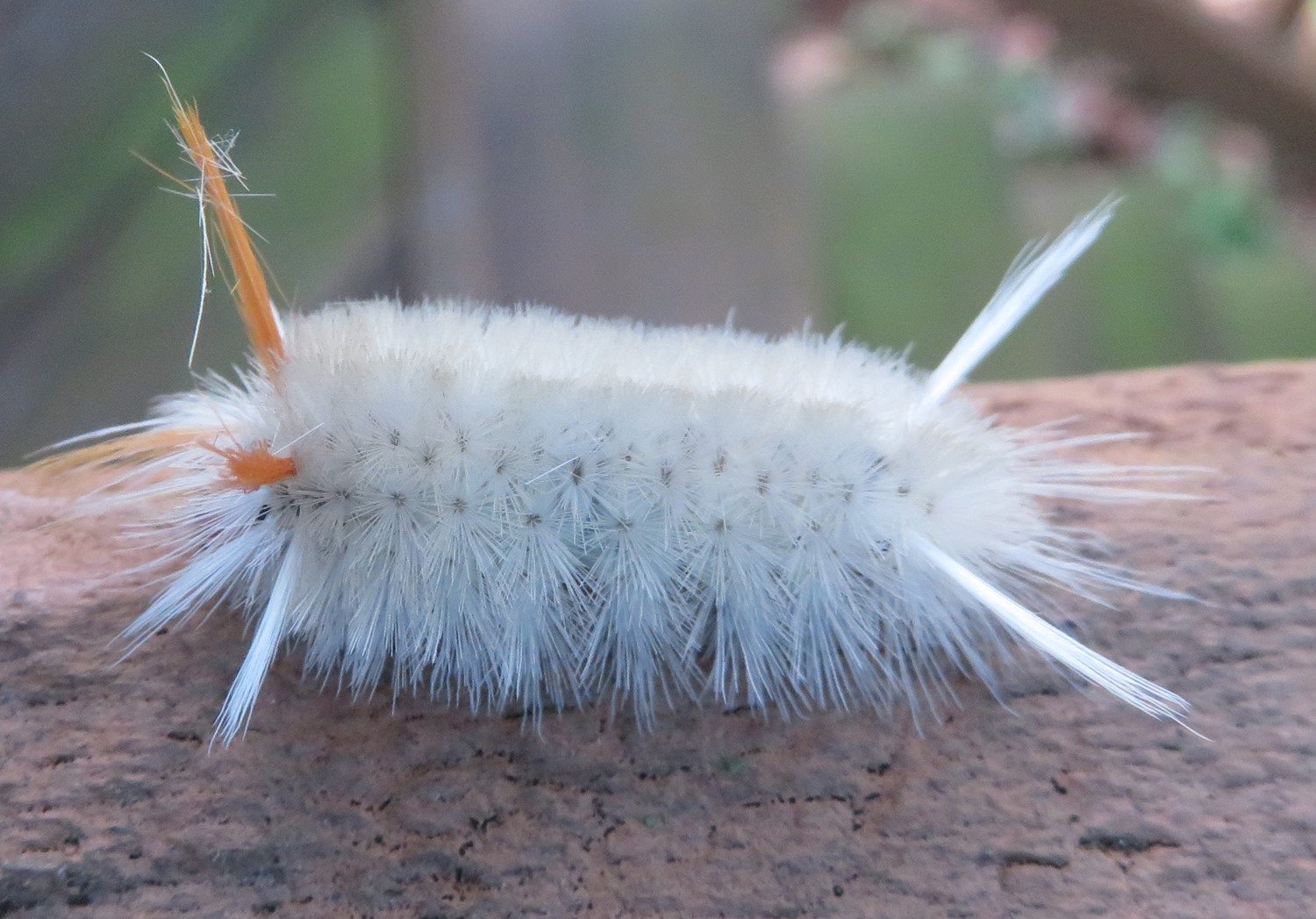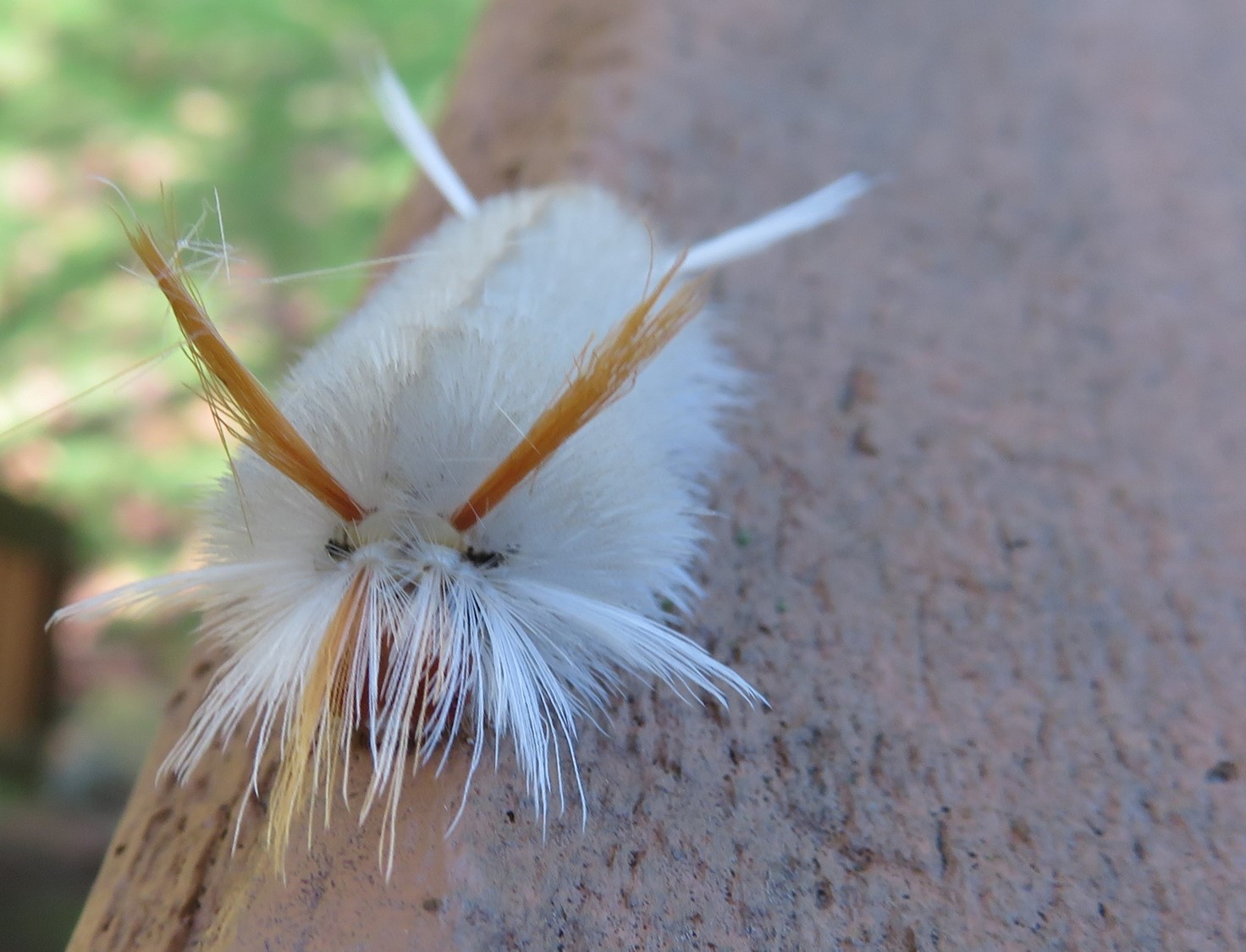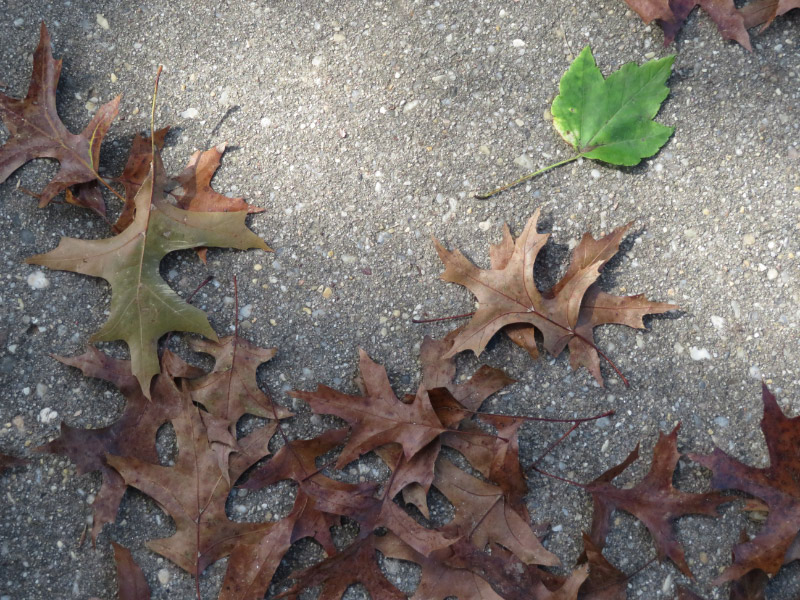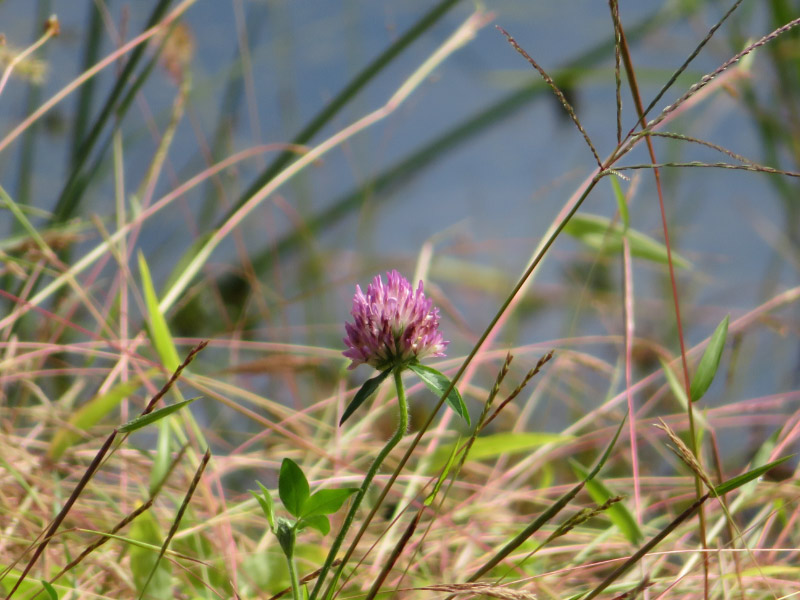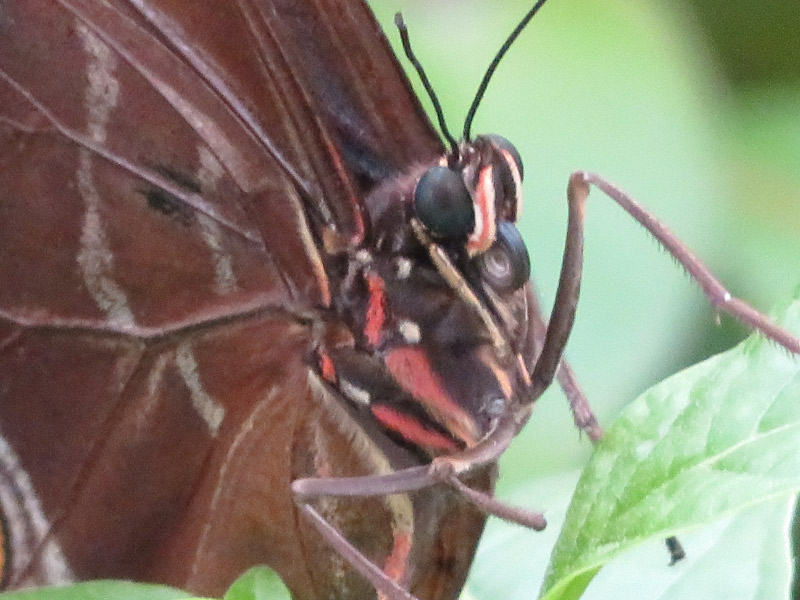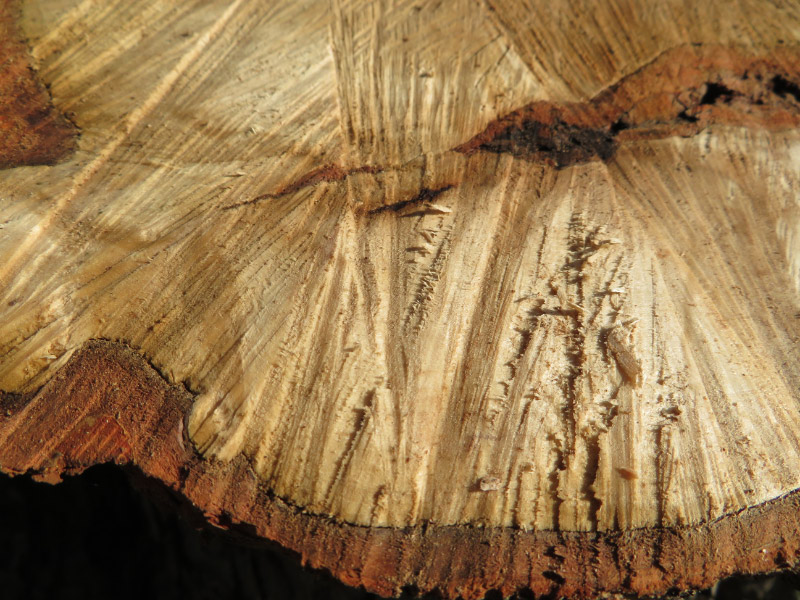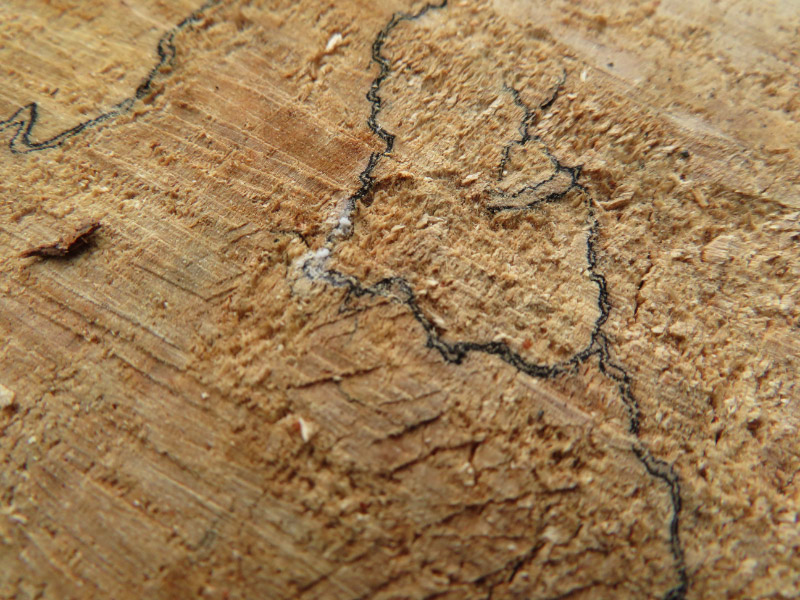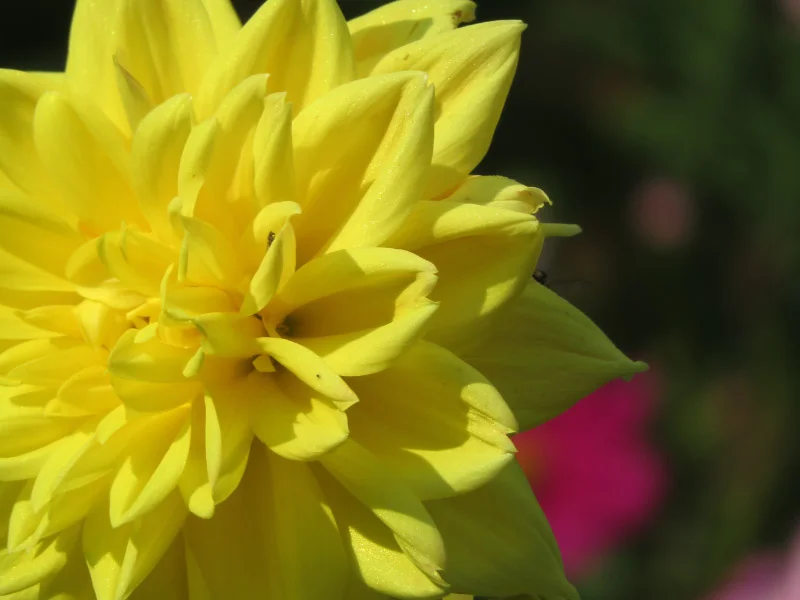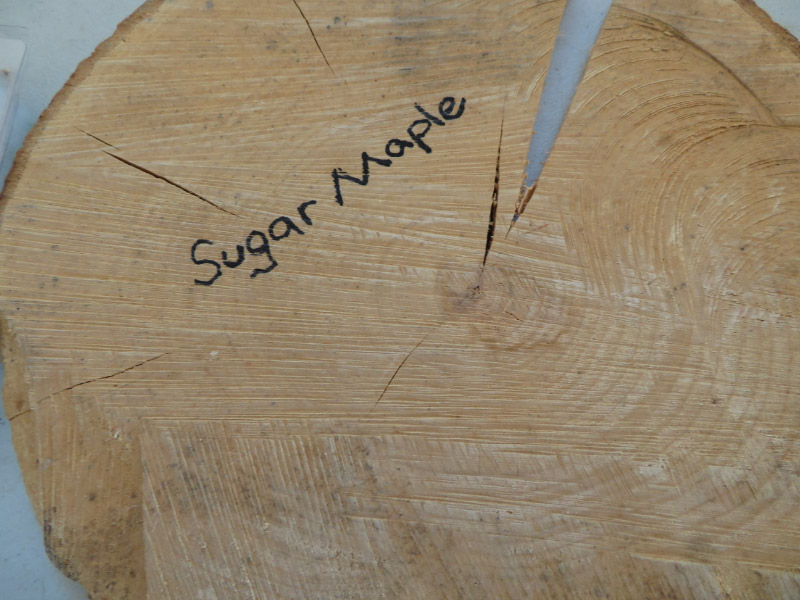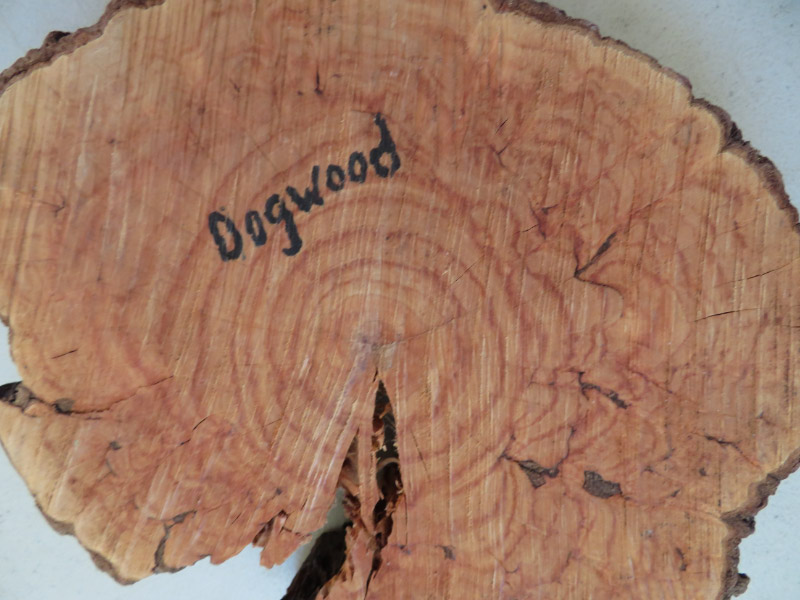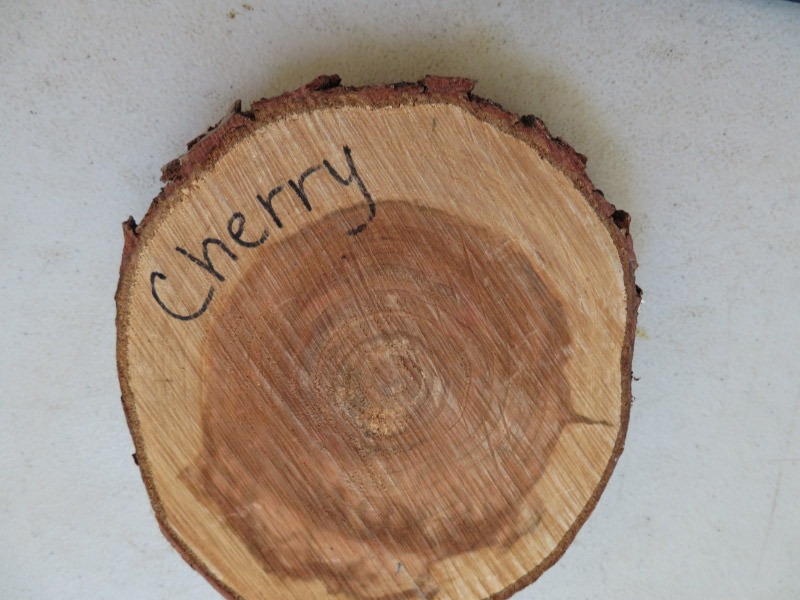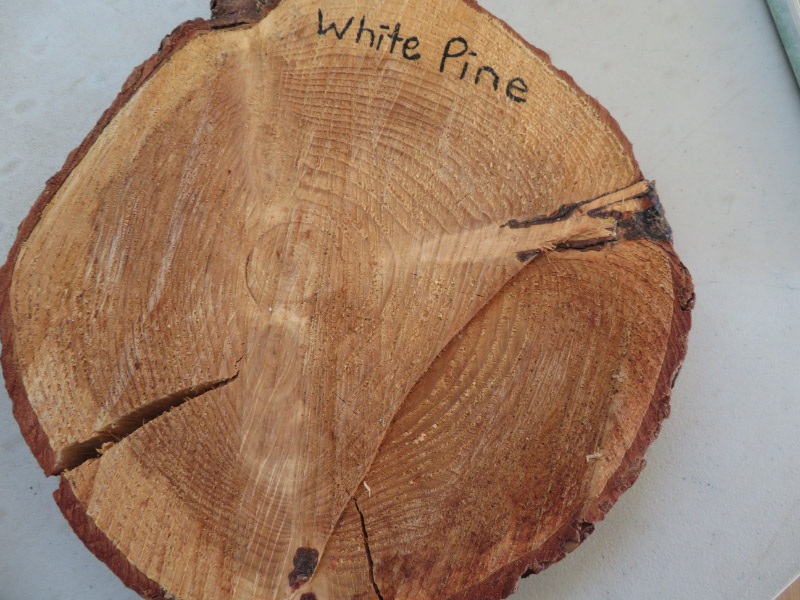Twigs and Witch Hazel
/I have been looking more closely at twigs of trees recently and trying out simple dichotomous keys. As an example: here is one I looked at during a class on winter tree identification. Looking at the full branch – it was obvious that the leaf scars were opposite. Next, we needed to look at the leaf scars in more detail. There were hand lenses for everyone but I used my 15x lens clipped to my phone so I could share what I was seeing. The leaf scar was D shaped and had three bundles. And the new growth was red. We had to break the twig to smell it…its didn’t smell rank, so it was a RED MAPLE.
It turns out that multiples buds at the twig tip is indicative of maples and oaks…and that maples are opposite, and oaks are alternate. So – it’s possible to take a picture looking up into a tree and make a tentative identification. For example – this was a picture I took in my neighborhood with alternate branching and multiple buds at the end of the twigs – an OAK. I had been using the relative height of the trees in my neighborhood (oaks are taller) but this identification is better and maybe easier too for the street trees planted by the builder 25-30 years ago – oaks and maples.
I couldn’t resist taking a picture of the crumpled bark on the red maple twig. I wonder if they smooth out as the twig grows when the weather warms?
On a more colorful note: be on the look out for witch hazels. Some bloom in the fall but others bloom now. There is one at Howard Country Conservancy’s Mt. Pleasant location that I am watching. Hopefully bitterly cold weather will not damage the flowers that are beginning to unfurl.





